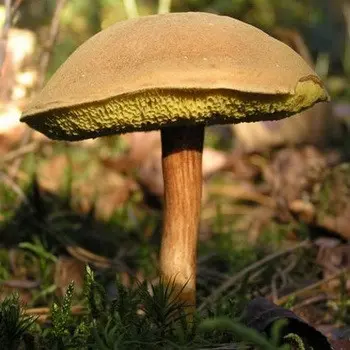 Goat mushroom (Suillus bovinus) can be found: on acidic soils of coniferous forests, often near pines. The second name of the goat is the lattice. This fungus grows from early August to late September in the temperate zone of the Eurasian continent.
Goat mushroom (Suillus bovinus) can be found: on acidic soils of coniferous forests, often near pines. The second name of the goat is the lattice. This fungus grows from early August to late September in the temperate zone of the Eurasian continent.
Below you can see the photo and description of the goat, learn about its counterparts, as well as the use of lattice in cooking and traditional medicine.
What does goat mushroom look like
Mushroom cap (diameter 4-12 cm): brown, reddish or brown, rarely with a reddish tint. Slightly swollen, but with time becomes flatter and more even. Smooth to the touch, without bumps and cracks. The peel is removed with difficulty or with small particles of pulp.
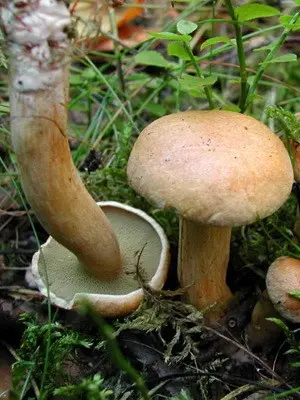
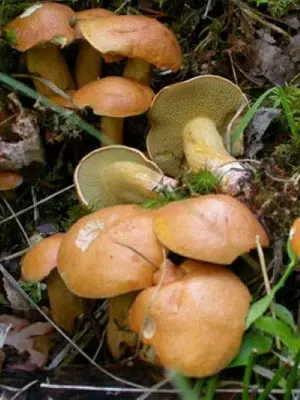
As you can see in the photo, the leg of the goat (height 5-12 cm): dull, usually the same color as the cap, has the shape of a cylinder. Often curved, solid, hard and very dense. It is smooth to the touch.
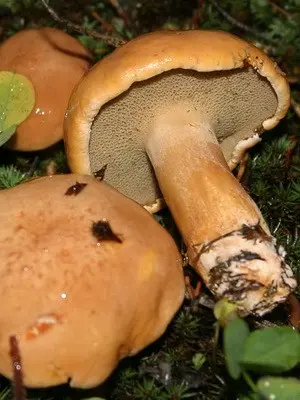
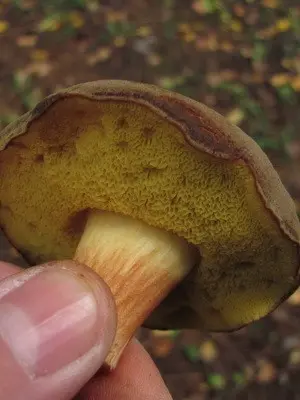
Tubular layer: yellowish or light brown. If you look closely at the photo of the goat mushroom above, you will notice that the tubular layer looks a little lighter than the cap and stem.
Pulp: yellowish or brown, slightly pink at the cut or fracture site. No special smell.
The counterpart of the lattice is pepper mushroom (Chalciporus pepperatus). However, it is possible to confuse these mushrooms only by external signs. If you remember what the goat mushroom looks like, then you can note its more impressive size than that of the pepper mushroom. Chalciporus piperatus is usually much smaller in size, and also has a specific taste, from which its name comes from.
The use of goat mushroom (lattice)
Eating: the mushroom is not of very high quality, but is consumed after a little heat treatment. Not suitable for salting.
Use in traditional medicine (data are not confirmed and have not been clinically tested!): folk healers believe that the goat is an effective remedy in the treatment of polyarthritis.









